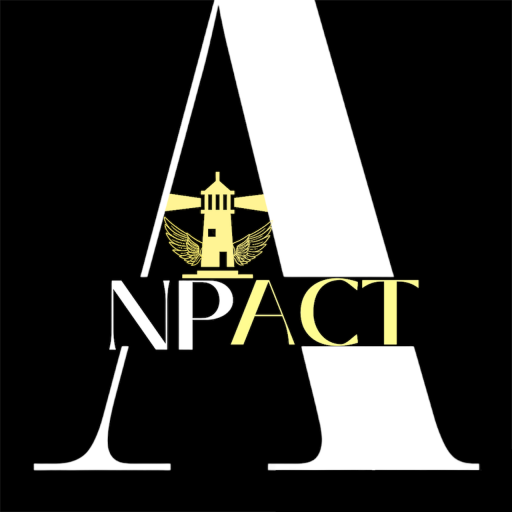The following definition, as provided in the McKinney-Vento Homeless Assistance Act, must be used by LEAs when determining the homeless status of a student. Homeless children and youth are defined as individuals who lack a fixed, regular, and adequate nighttime residence.
The term “homeless” includes children and youth who experience any of the following:
Sharing the housing of other persons due to loss of housing, economic hardship, or a similar reason: If economic hardship, such as an accident or illness, loss of employment, loss of public benefits, or conditions of poverty, forces a family or youth to share the housing of others temporarily, the children and youth are eligible for McKinney-Vento services. A long-term, cooperative living arrangement among families or friends that is fixed, regular, and adequate should not be considered a homeless situation, even if the parties are living together to save money.
Living in a motel, hotel, trailer park, or camping ground due to the lack of alternative adequate accommodations: Motels, hotels, and camping grounds will almost always be homeless situations, as they are rarely fixed, regular, and adequate. In contrast, trailer parks often are fixed, regular, and adequate residences. Asking questions about the condition and size of the trailer, the number of people living there, the intended length of stay, and whether the family or youth has an adequate alternative will help determine if the student is eligible for McKinney-Vento services.
Living in an emergency or transitional shelter: Emergency or transitional shelters of all kinds, including youth shelters, domestic violence shelters, family shelters, transitional living programs, and supportive housing programs are homeless situations.
Abandoned in hospitals: A child or youth abandoned in the hospital is eligible for McKinney Vento services.
Living in a public or private place not designated for or ordinarily used as a regular sleeping accommodation for human beings: An example of a place that meets these criteria is a public restroom. Living in a car, park, public space, bus station, train station, abandoned building, substandard housing, or similar setting: Substandard housing is any dwelling that deviates from, or falls short of, local laws, standards, or norms. Migratory children: Migratory children who qualify as homeless living in circumstances described above.


I was excited to uncover this page. I wanted to thank you for your time for this particularly fantastic read!! I definitely loved every little bit of it and I have you saved as a favorite to look at new stuff on your blog.} {visit the following web site|visit the following site|visit the following web site|Visit Homepage|visit the following web site|visit my webpage|visit the following internet site|visit the following webpage|visit the following site|visit the following internet site